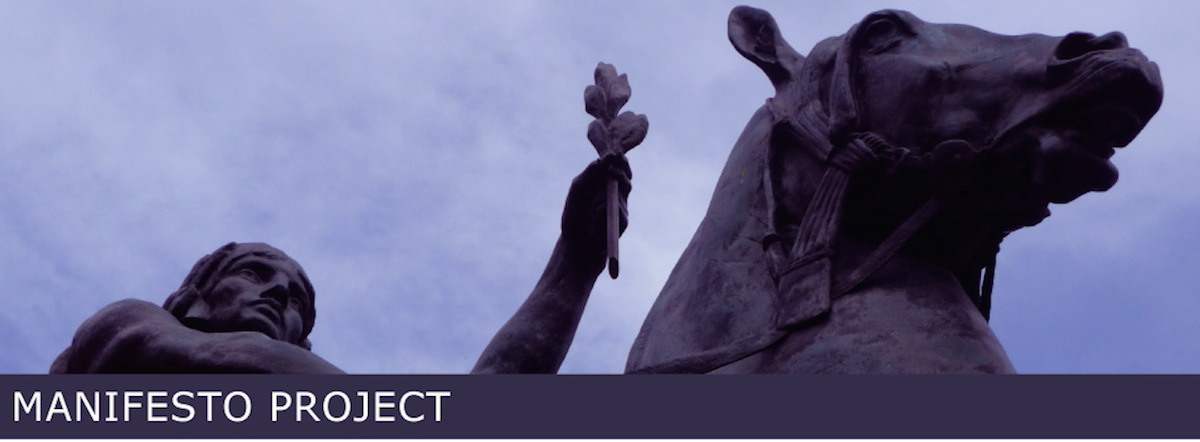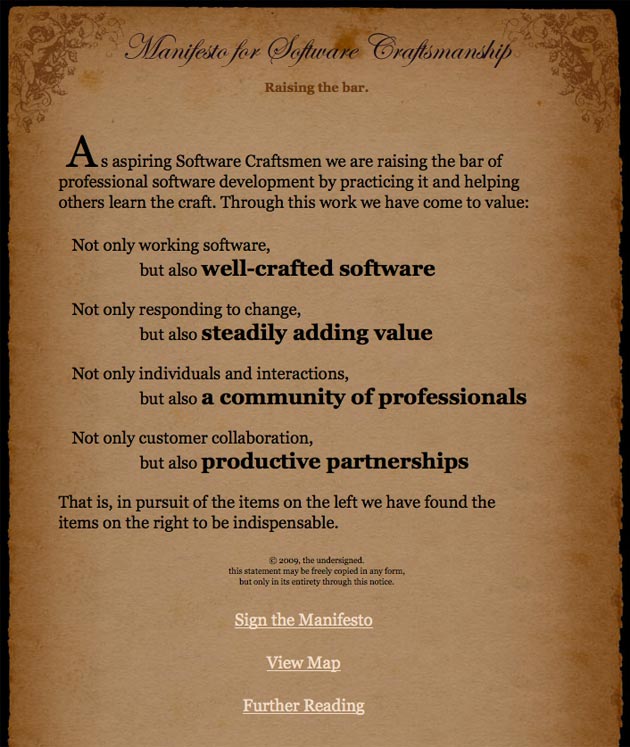Creator
Purpose
Google uses Artificial Intelligence (AI) in lots of ways – to help customers, create better products and to help people tackle urgent problems.
“We recognize that such powerful technology raises equally powerful questions about its use. How AI is developed and used will have a significant impact on society for many years to come. As a leader in AI, we feel a deep responsibility to get this right. So today, we’re announcing seven principles to guide our work going forward. These are not theoretical concepts; they are concrete standards that will actively govern our research and product development and will impact our business decisions.”
Manifesto
Objectives for AI Applications
1 Be socially beneficial
2 Avoid creating or reinforcing unfair bias
3 Be built and tested for safety
4 Be accountable to people
5 Incorporate privacy design principles
6 Uphold high standards of scientific excellence
7 Be made available for uses that accord with these principles
AI Applications we will not pursue
- Technologies that cause or are likely to cause overall harm.
- Weapons or other technologies whose principal purpose or implementation is to cause or directly facilitate injury to people.
- Technologies that gather or use information for surveillance violating internationally accepted norms.
- Technologies whose purpose contravenes widely accepted principles of international law and human rights.
Source
Google Blog post by Google CEO Sundar Pichai
Comment
What I love about this manifesto is that it address both sides of the equation. Part One offers some objectives – this is where we would like to go. And Part Two offers ‘applications we will not pursue’ which tells where we’re not headed.
You might like to think of this as creating a pair of railway tracks. We want to steer in this direction but not too far here or there.
If you’re in a delicate, hotly debated or fast moving space it might be appropriate to include both ‘toward’ and ‘away’ from guidelines as part of your manifesto. If this fits your situation then Google’s AI Principles is an example worth following.
More
Google: Ten things we know to be true (an early manifesto from Google)
The Science Code Manifesto (software guidelines in science)
Eric Raymond – The Cathedral and the Bazaar (Open Source software manifesto)







